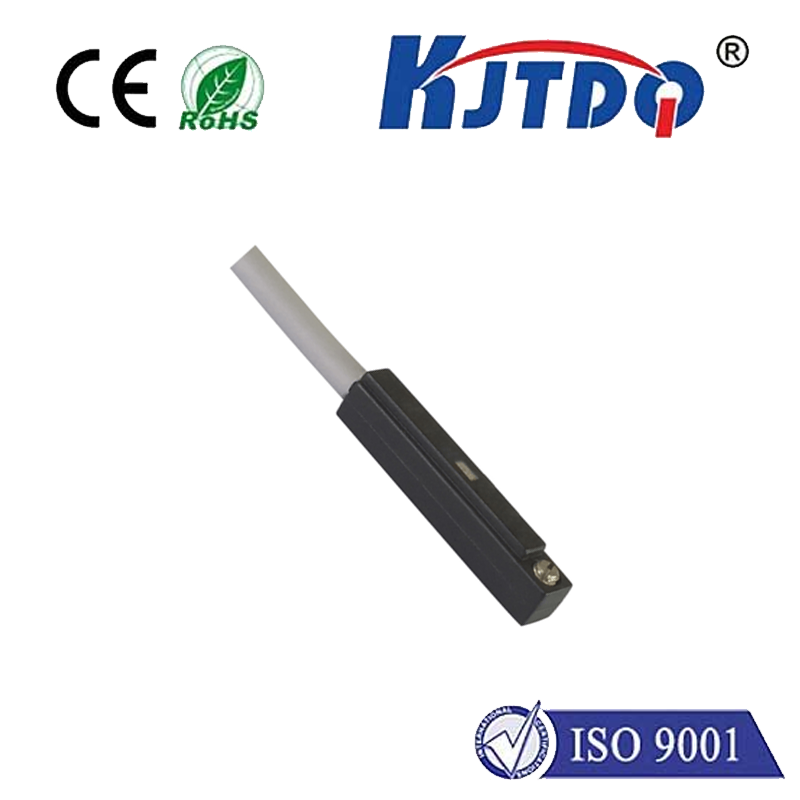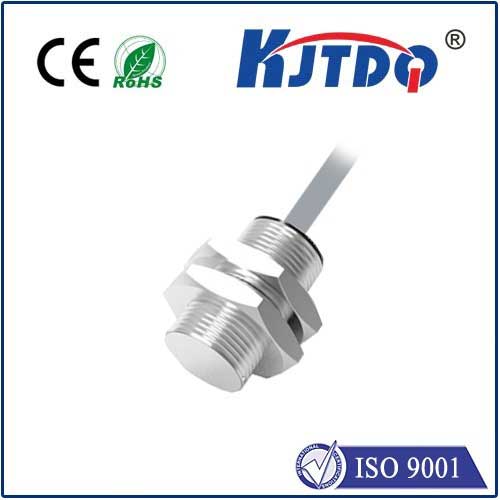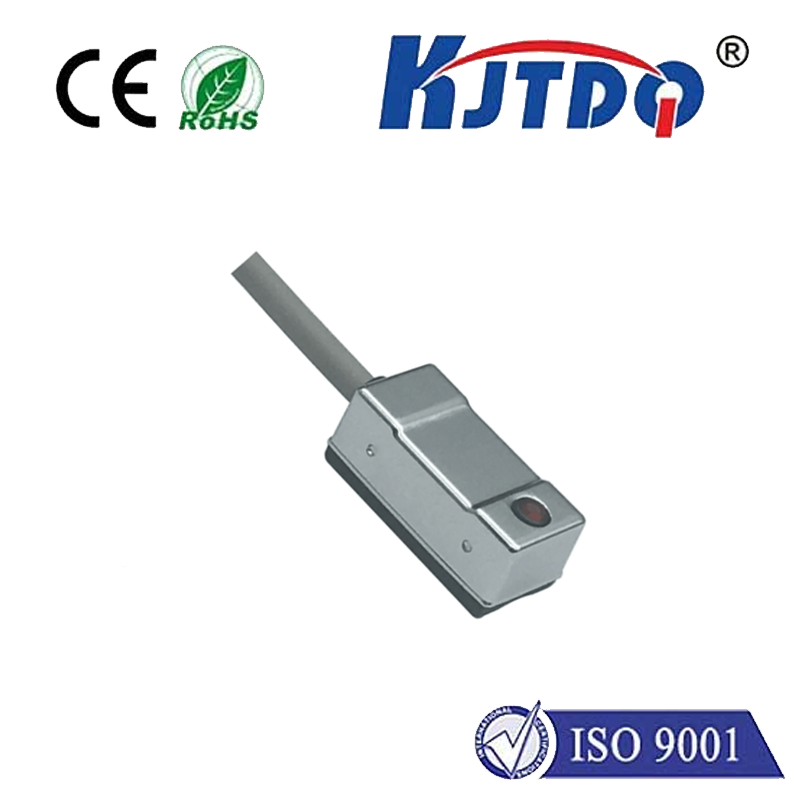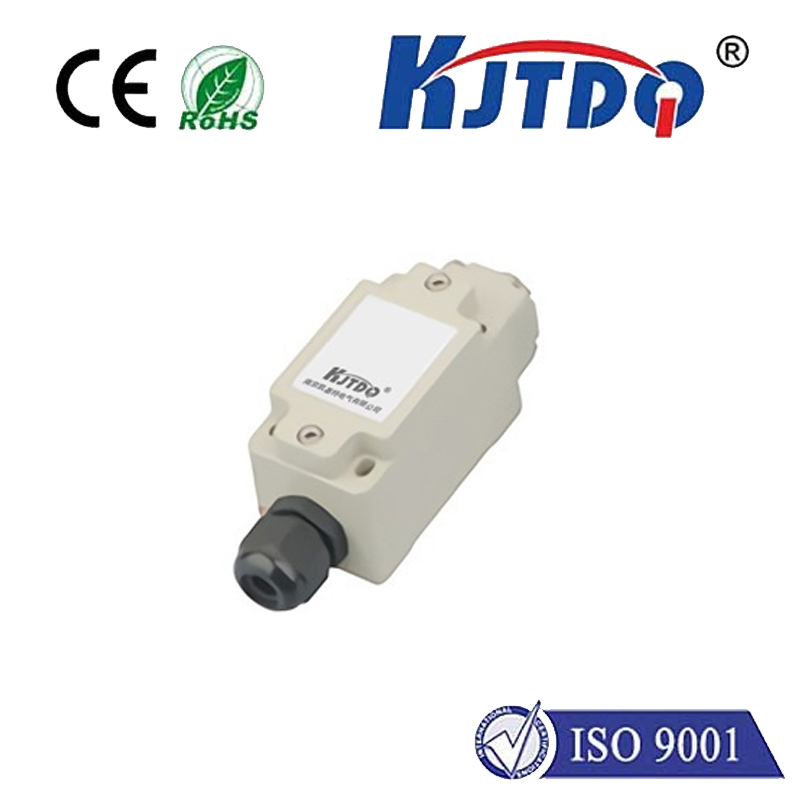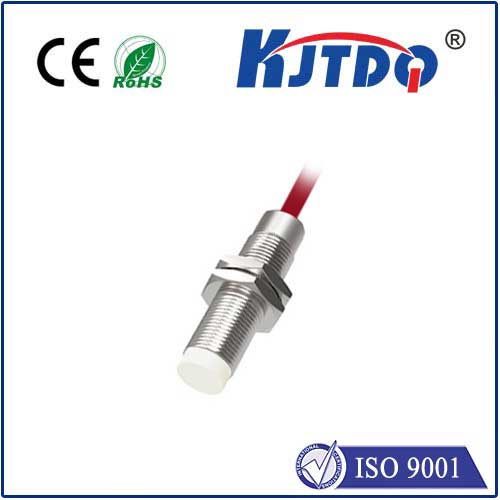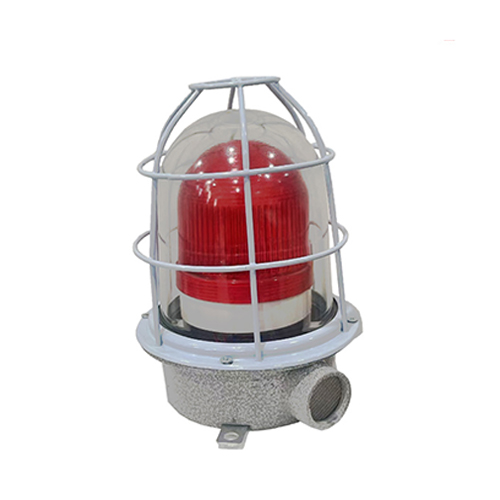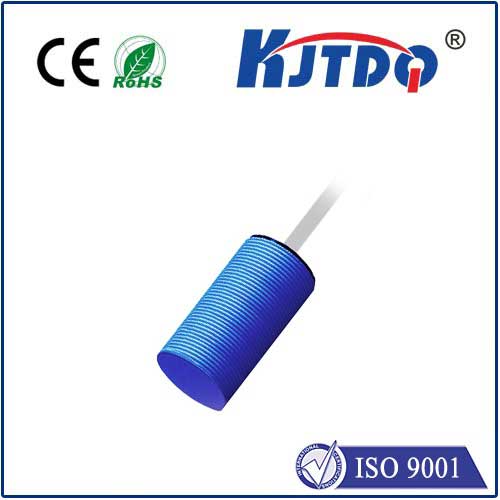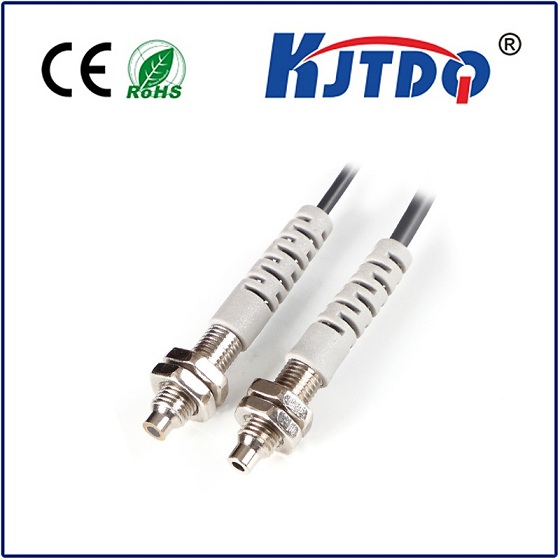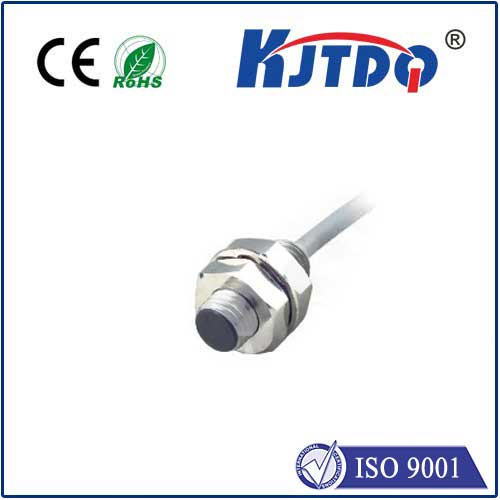pec sensor
- time:2025-08-22 03:53:19
- Click:0
PEC Sensors: Illuminating the Future of Ultra-Sensitive Detection
Imagine detecting minuscule traces of pollution in a river, identifying harmful pathogens in food before an outbreak, or monitoring vital biomarkers within a patient’s body with unprecedented speed and precision. This isn’t science fiction; it’s the rapidly advancing reality powered by Photoelectrochemical (PEC) Sensors. These ingenious analytical devices represent a transformative leap in sensing technology, merging the power of light with electrochemical responses to unlock new levels of sensitivity, specificity, and versatility. For researchers, engineers, and industries demanding cutting-edge analytical capabilities, understanding PEC technology is becoming essential.
The Core Principle: Light Meets Electrochemistry
At its heart, a photoelectrochemical sensor operates on a beautifully synergistic principle. It leverages a light-sensitive material (typically a semiconductor or specially designed nanocomposite) coated onto an electrode surface. When this photosensitive layer is illuminated with light of an appropriate wavelength (the Photo part), it absorbs photons. This energy excites electrons within the material, promoting them from the valence band to the conduction band. This process creates charge carriers – energized electrons (e-) and positively charged holes (h+).
These photo-generated charge carriers are the key players. They then participate in electrochemical reactions (Electrochemical part) occurring at the interface between the sensor material and the solution (the analyte). Depending on the sensor design and the target analyte, either the electrons or the holes are involved in oxidation or reduction processes involving the analyte molecule itself, or a signaling species linked to its presence. This interaction generates an electrical signal – typically a measurable photocurrent or photovoltage. Crucially, the magnitude of this photoelectrochemical signal is directly modulated by the concentration of the specific target analyte.

Why PEC Sensors Are Gaining Traction: Key Advantages
The unique mechanism of PEC sensing bestows several compelling advantages over conventional analytical methods like pure optical absorption or traditional electrochemistry:
- Exceptional Sensitivity: The separation of the excitation source (light) from the detection signal (electrical current) drastically reduces background interference. This inherent separation allows PEC sensors to achieve remarkably low detection limits, often down to the picomolar or even femtomolar range – crucial for detecting trace contaminants or biomarkers.
- Inherently Low Background Noise: Unlike pure electrochemistry, where applying a potential can induce background currents, the photoelectrochemical response originates specifically from the photo-excitation event. This naturally leads to a higher signal-to-noise ratio.
- Versatility and Tunability: By carefully designing the photoactive material (e.g., using different semiconductors like TiO2, WO3, CdS, or quantum dots, or engineering nanocomposites with graphene, metal nanoparticles, or polymers), the sensor’s response can be fine-tuned. This allows optimization for specific wavelengths of light and for targeting a vast array of analytes – from heavy metals and pesticides to DNA, proteins, and small molecules.
- Potential for Miniaturization and Portability: The core components (light source, electrode, electronics) can be integrated into relatively compact and potentially portable devices, enabling on-site or point-of-care analysis. The advent of LEDs and simple photodetectors aids this.
- Cost-Effectiveness (Potential): While research-grade setups exist, the fundamental components for functional PEC sensor prototypes can often be less expensive than complex instrumentation like mass spectrometers.
Illuminating Diverse Application Fields
The strengths of photoelectrochemical sensing technology make it highly attractive across numerous domains:
- Environmental Monitoring: Detecting ultra-trace levels of heavy metals (Hg, Pb, Cd, As), pesticides, pharmaceutical residues, organic pollutants (like phenolic compounds), and pathogens in water sources, soil, and air. Their sensitivity is vital for early warning systems.
- Food Safety and Quality Control: Rapid screening for foodborne pathogens (Salmonella, E. coli), mycotoxins, pesticide residues, antibiotics, food additives, and allergens, ensuring product safety throughout the supply chain.
- Medical Diagnostics and Biosensing: Developing highly sensitive PEC biosensors for detecting disease biomarkers (cancer antigens, cardiac markers, infectious agents), DNA/RNA sequences (for genetic testing), hormones, and glucose. This holds immense promise for non-invasive or minimally invasive diagnostics and point-of-care testing.
- Pharmaceutical Analysis: Monitoring drug concentration, stability, and potential degradation products.
- Industrial Process Control: Ensuring quality and detecting contaminants in manufacturing processes, particularly in chemical, biotechnology, and semiconductor industries.
- Security and Defense: Potential for detecting explosives, chemical warfare agents, or biological threats due to high sensitivity.
The Role of Nanomaterials: Boosting Performance
The explosion in PEC sensor performance in recent years is heavily linked to advancements in nanotechnology. Engineered nanomaterials play a pivotal role:
- Enhanced Light Harvesting: Nanostructures (nanoparticles, nanowires, nanotubes) offer high surface area and unique optical properties (like plasmonic effects in Au or Ag NPs) that dramatically increase light absorption efficiency.
- Facilitated Charge Separation: Careful design of heterojunctions (e.g., coupling two different semiconductors) or incorporating materials like graphene can effectively separate photo-generated electrons and holes, preventing their recombination and significantly boosting the photocurrent signal.
- Improved Specificity and Sensing Interface: Nanomaterials provide versatile platforms for immobilizing specific biorecognition elements (antibodies, aptamers, enzymes, DNA probes). This creates highly selective interfaces that bind the target analyte, triggering the measurable photoelectrochemical response only in its presence.
Future Directions: Brighter and Smarter Sensing
PEC sensing is a dynamic field with continuous evolution. Key future trends include:
- Development of Novel, High-Performance Photoactive Materials: Exploration of new semiconductors (e.g., metal-organic frameworks - MOFs, perovskite materials), quantum dots, and more sophisticated nanocomposites.
- Advanced Biorecognition Integration: Creating even more stable and specific interfaces using engineered aptamers, molecularly imprinted polymers (MIPs), or CRISPR-based systems.
- Multiplexing Capabilities: Designing sensor arrays capable of simultaneously detecting multiple analytes in a single sample.
- Integration with Microfluidics and Wearable Devices: Creating fully automated, miniaturized lab-on-a-chip systems or wearable PEC sensors for continuous health monitoring.
- Synergy with IoT and AI: Connecting PEC sensors to networks for real-time data transmission and analysis, leveraging artificial intelligence for pattern recognition and predictive diagnostics.
PEC sensors, harnessing the elegant interplay of light and electrochemistry, stand at the forefront of modern analytical science. Their unrivaled sensitivity, versatility, and potential for miniaturization offer powerful solutions for critical challenges in health, environmental protection, food safety, and beyond. As research pushes the boundaries of materials science and device engineering, photoelectrochemical detection is poised to illuminate the path towards faster, cheaper, and smarter sensing for a safer and healthier world. The light is most definitely on.






